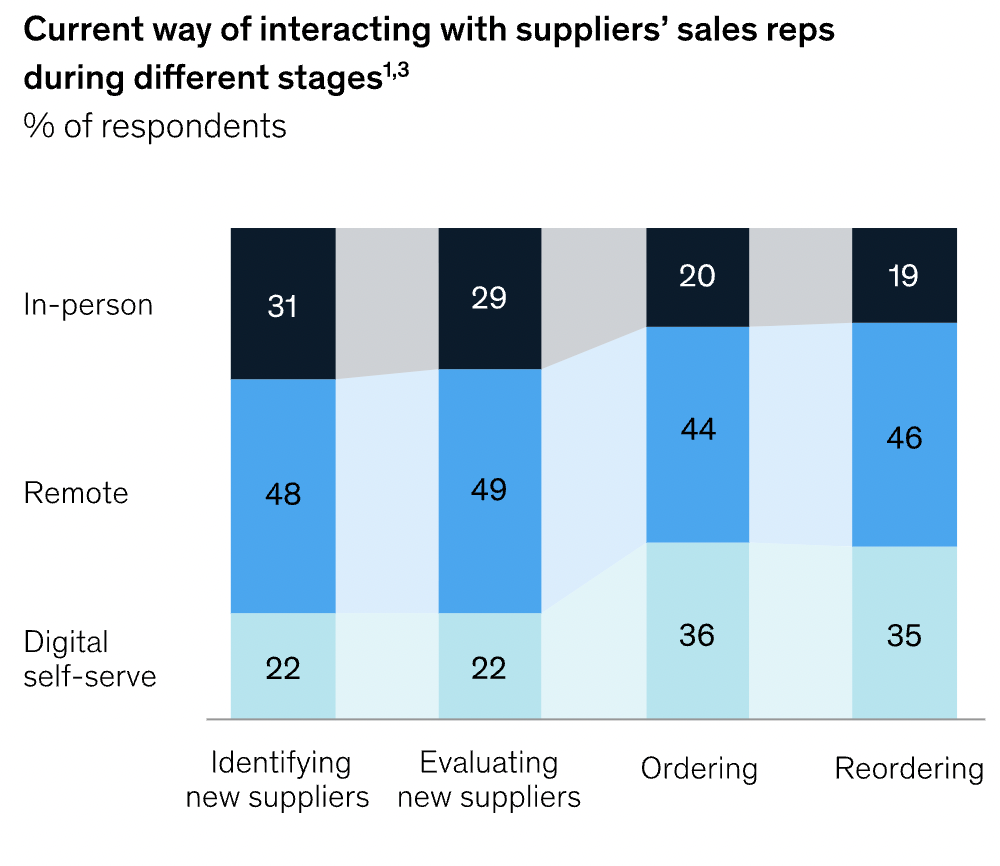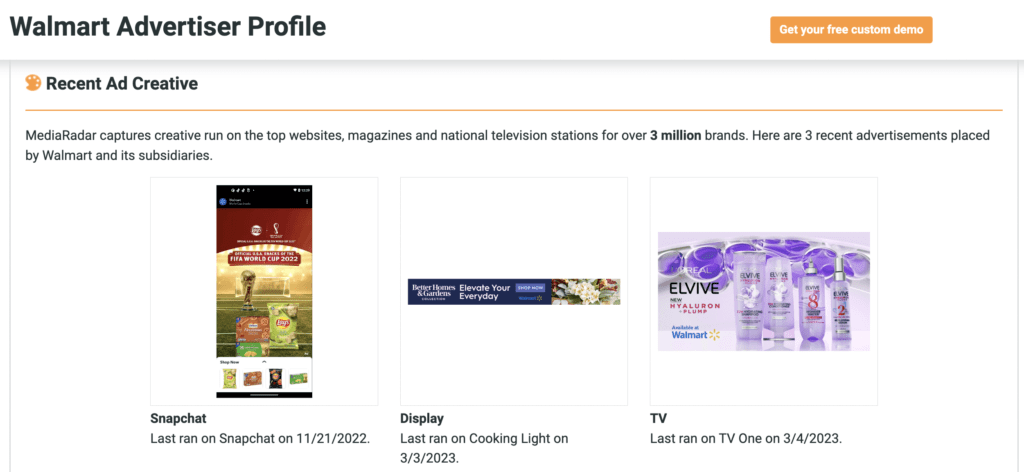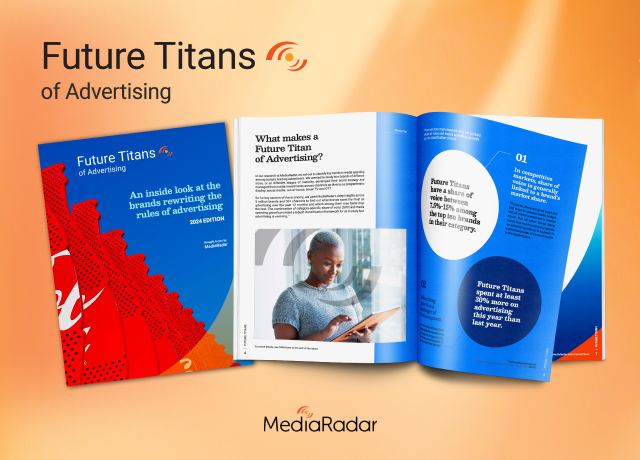Being in sales is hard.
Buyers now prefer in-person meetings, making trust- and relationship-building difficult. In fact, over 70% of B2B buyers don’t want to meet reps in person.

Meanwhile, buyers are becoming comfortable with the idea of making purchases online—70 percent of B2B decision-makers say they are open to making self-serve or remote purchases of more than $50,000.
The fundamentals of the sales process are changing, but so are most markets.
The auto industry is still recovering from the pandemic. At the same time, legacy automakers, like Ford, are evolving to meet the demand for electric vehicles.
Even B2C brands that have always been all-in on traditional retail are pivoting amid the growth of the DTC model. Case and point: Adidas wants DTC sales to make up 50% of its revenue by 2025.
Of course, the down economy is causing a ripple effect across most industries. Advertisers are responding accordingly.
Internally, turnover never fails to cause a shake-up, especially when the change is happening at the top—the average tenure of a CMO is 40 months. When these changes happen, advertising changes inevitably follow in connection with the strategy and agency representation.
Many agencies pair these shifts with a reactive strategy, i.e., the prospect comes to them.
The agencies that thrive in 2023 and beyond will embrace a proactive strategy, i.e., determine which brands they want to work with, understand them, nurture the relationship, and build trust.
Regardless of the agency’s strategy, sellers must wrap their heads around the prospects.
Here are 5 things to know about your prospects before your next call:

1. Know the Key Players
Seems simple enough, right? But, as we all know, it’s easier said than done.
While high turnover rates will present an initial hurdle, some research will pay dividends.
This starts by understanding who is involved in the decision-making process. More times than not that’ll be the CMO or comparable role. Director- and senior-level players will likely play a role, too. The typical “buying group” for a complex B2B solution involves six to 10 decision-makers.
But accurate contact information will only get you so far. Sellers must also get a glimpse into what matters to these stakeholders. One way to do that is by looking at how they’ve approached advertising in the past.
MUD/WTR, for example, appointed Mike Fox as its new CMO in late 2022. The industry vet with tenures at Facebook and Snapple will likely embrace some of the same strategies at MUD/WTR that helped him succeed at the aforementioned industry giants.
2. Ensure the Call Is Timely
Make sure you are calling people at the right time. For example, calling travel advertisers at the height of the pandemic would have been fruitless.
Conversely, reaching out to education advertisers as millions grapple with layoffs makes all the sense in the world. According to a Crunchbase News tally, more than 94,000 workers at U.S.-based tech companies have been laid off. The same goes for tax service advertisers in Q1 who are gearing up for Tax Day.
Other key indicators of when to pitch are seasonality and peak spending.
Weight loss advertisers, like Nutrisystem, for example, frontload their spending as much of society sets news New Year’s resolutions.

Once you know when a business spends most of its budget, you can work backward to determine when to make first contact.
3. Review Brand Messaging
One of the easiest ways to determine if a pitch will push a prospect’s “hot buttons” is to review recent creative.
Why? It offers a direct line of sight into their mindset and the products or service they’re pushing as a business.
The screenshot below highlights 3 recent Walmart ads.
One of those ads focuses on The World Cup.
Not only did this lend light to how advertisers crafted their strategy in late 2022, but it also offered a glimpse into the ad formats and target demographics. Of course, Snapchat is popular among younger generations—almost 40% of Snapchat users are between the ages of 18-24.

4. Understand Their Ad Investment
Knowing how your prospects’ advertising spending is changing is also valuable. You can understand that by getting your hands on a spending breakdown.
Look at how advertisers for Purina Dog Chow spent their dollars in 2022.
What does it tell us?

A lot, but namely that they didn’t really start spending until February, and they love print ads (digital, not so much). These insights can influence pitches to buyers at Purina Dogs but also pitches to competitors, including Blue Buffalo.
5. See How They Distribute Their Ad Dollars
Studying your prospect’s recent multimedia campaigns and product lines will help you understand their position and offerings.
For example, if a company runs unique creative across multiple media formats, including TV, OTT, online, mobile, Snapchat, OOH, and email, you could conclude they’re all-in on digital ads and early adopters of newer ecosystems, like OTT.
Answer These Questions—and More—with Sales Intelligence Tools
You don’t need to spend hours surfing the web or scrolling through a company’s website to understand how a prospect thinks about their advertising strategy.
An ad sales intelligence tool will give you those insights—and more—all in one place.
For more insights, sign up for MediaRadar’s blog here.



